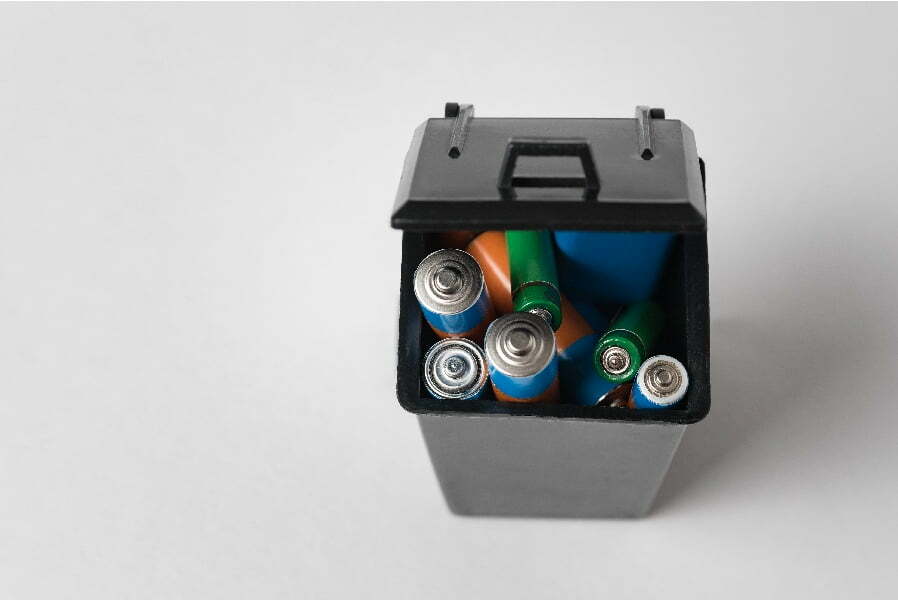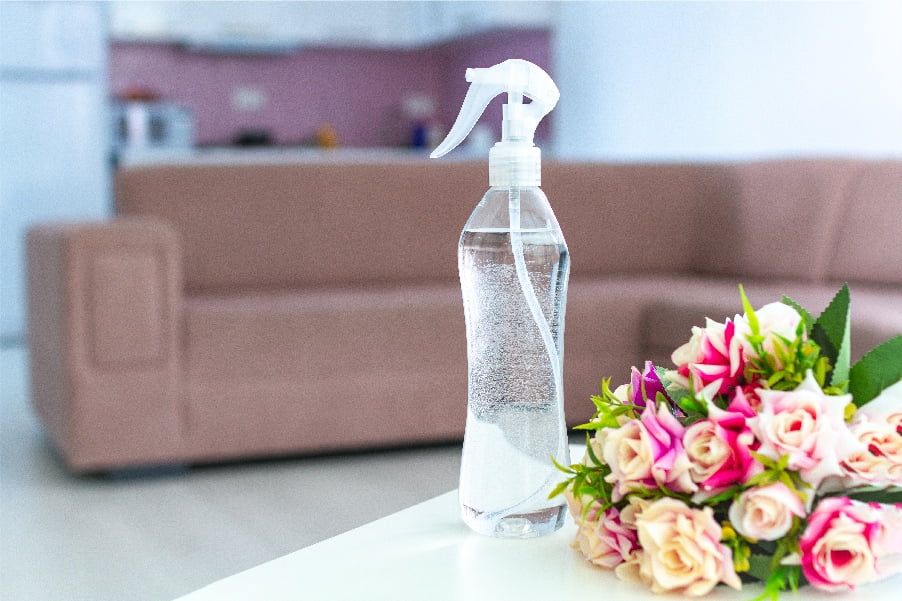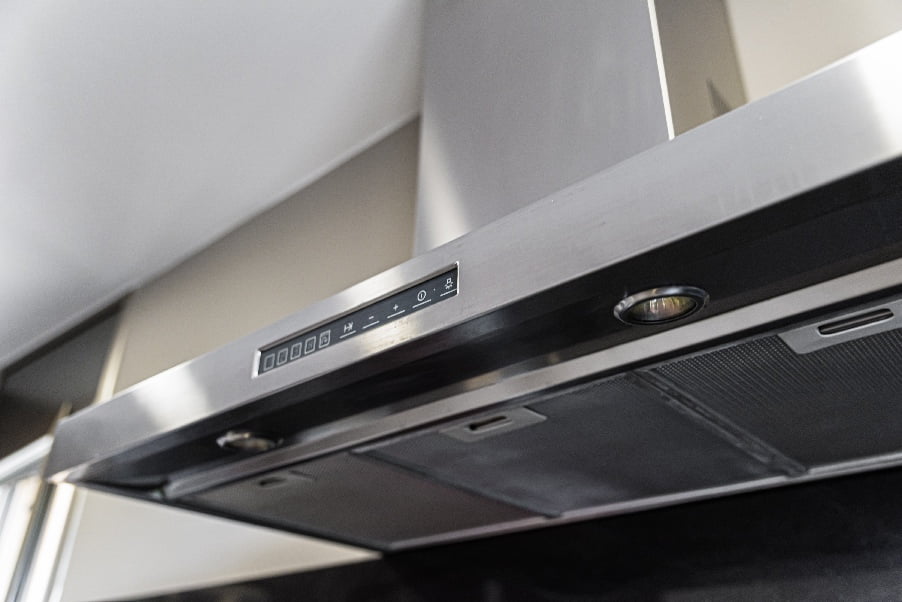Common indoor air pollution sources include tobacco smoke, burning fuel for cooking and heating, building materials, household products such as cleaning supplies, mold and mildew, dust mites, and pet dander.
Indoor air pollution is a growing health concern for many people. Various sources, including chemicals, dust, mold, and more, can cause it.
In this blog post, we’ll explore the common sources of indoor air pollution and how to reduce them. We’ll also discuss the health risks associated with poor indoor air quality and what you can do to improve it.
Cigarette Smoke

It is a mixture of over 7,000 chemicals, including more than 70 known to cause cancer. Cigarette smoke contains tiny particles to be inhaled deep into the lungs and absorbed into the bloodstream.
These particles can linger in the air for hours after someone has smoked, exposing others in the room to secondhand smoke. Secondhand smoke increases a person’s risk of developing lung cancer and other respiratory illnesses such as asthma and bronchitis.
It also increases their risk for heart disease and stroke. To reduce exposure to cigarette smoke indoors, it is crucial to never allow smoking inside buildings or homes and to avoid areas where people smoke outdoors near windows or doors that open into enclosed spaces.
Dust Mites

They are microscopic arthropods that feed on dead skin cells and other dust-covered organic matter. Dust mites thrive in warm, humid environments like those found inside homes and buildings.
As they move around, they release allergens into the air, which can cause respiratory problems for sensitive people. To reduce the presence of dust mites in your home or building, it is essential to keep humidity levels low by using a dehumidifier and regularly vacuuming carpets and furniture with a HEPA filter vacuum cleaner.
Washing bedding weekly in hot water will help reduce their numbers significantly.
Mold Spores

Mold is a fungus that grows in damp, warm environments and can spread quickly if not properly managed. Mold spores are microscopic particles that become airborne when disturbed, allowing them to travel through the air and contaminate other areas.
When inhaled, mold spores can cause health problems such as allergies, asthma attacks, and respiratory infections. To prevent mold growth indoors, it is essential to keep humidity levels low by using dehumidifiers or fans in damp areas like bathrooms or basements; regularly clean surfaces with detergents; repair any water leaks promptly; and ensure proper ventilation throughout the home.
Pet Dander

It consists of tiny particles shed from the skin, fur, and feathers of animals such as cats, dogs, rodents, birds, and other pets. These particles can become airborne when disturbed by vacuuming or pet grooming.
Pet dander can cause allergic reactions in people who are sensitive to it and can also aggravate asthma symptoms. To reduce exposure to pet dander indoors, it is essential to keep pets out of bedrooms and off furniture; vacuum regularly with a HEPA filter; groom pets outdoors; use an air purifier with a HEPA filter; and replace carpets with hardwood floors or tile if possible.
Volatile Organic Compounds (VOCs)

VOCs are chemicals that evaporate quickly at room temperature and can be found in many everyday products, such as paints, cleaning supplies, adhesives, building materials, furniture, and even some personal care items. When these products are used indoors, they release VOCs into the air, which can cause health problems for those exposed to them over time.
Symptoms of exposure to VOCs include headaches, dizziness, nausea, and respiratory irritation. Long-term exposure has been linked to more severe health issues such as cancer and neurological damage.
They reduce exposure to VOCs by using low-VOC or no-VOC products when possible, and ensuring adequate ventilation in your home or workplace is essential.
Radon Gas

It is produced by the breakdown of uranium in soil, rock, and water. Radon enters buildings through cracks or openings in walls, floors, or foundations and accumulates inside.
This accumulation of radon gas can lead to indoor air pollution if it reaches high levels. The health risks associated with radon exposure include an increased risk of lung cancer and other respiratory illnesses such as bronchitis and asthma.
To reduce the risk of indoor air pollution from radon gas, homeowners should have their homes tested for radon levels regularly and take steps to reduce any elevated levels they find.
Carbon Monoxide

It is produced when natural gas, oil, wood, and coal are burned incompletely. Common sources of carbon monoxide indoors include furnaces and boilers that are not properly vented or maintained; unvented space heaters; fireplaces; stoves; water heaters; motor vehicles running in attached garages; and tobacco smoke.
Carbon monoxide can build up to dangerous levels if these sources are not used correctly or if the ventilation system does not work properly. Inhaling high levels of carbon monoxide can cause serious health problems, including headaches, dizziness, nausea, confusion, and even death.




